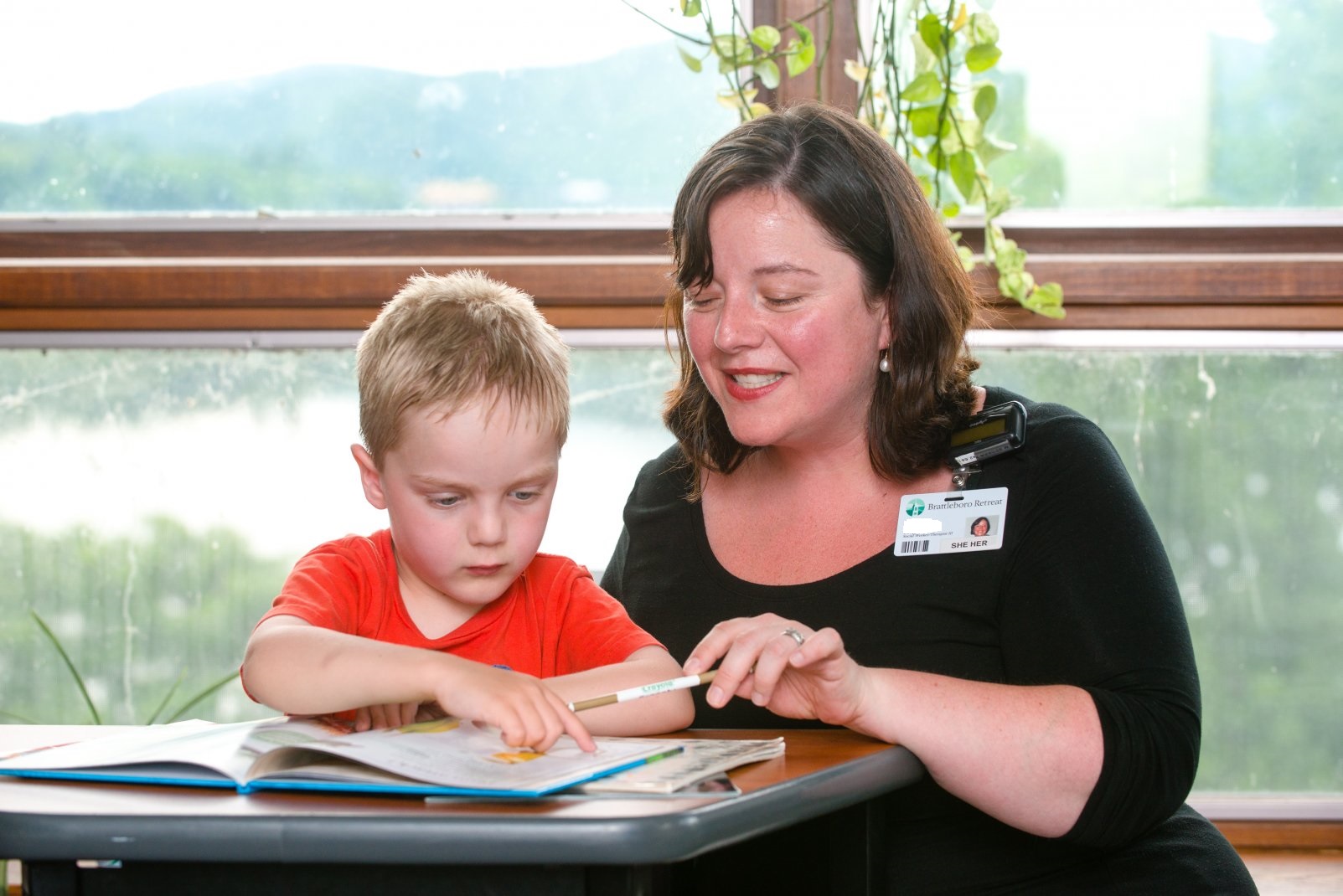
It has become increasingly apparent that positive interactions between parent, caregivers, and children shape the infant and/or child’s development. Just as abuse and neglect can impact the developing child, so can positive interactions. Attention in the form of verbalizations, voice volume and inflections, eye contact, facial expressions, and touch, all promote bonding between caregivers and infants. For older children where language becomes the primary form of communication, giving attention by describing a child’s actions and activity, along with verbal praise for tasks completed and rewards for desired behaviors, can shape the child’s interactions with caregivers, peers, and family. Using affirming language, such as “You are such a good listener” when a child follows a command or “I like when you put your toys away” when a child picks up after play, can be powerful reinforcers of behavior. Repetition of specific praise for exhibiting the desired behavior should be practiced and not ignored. Learning to “catch” your child during a positive interaction is critical for the child to practice and master a task.
Although take-aways, loss of privileges, restrictions, and other negative consequences are effective to influence behavior, these should be used sparingly to remain effective. Too many negative interactions between the parent, caregiver and child can lead to problem behaviors. These negative interactions include abuse, neglect, and impairments that affect the caregiver’s ability to provide a caring, supportive, and nurturing environment for the child. Parental impairments such as depression, substance use disorders, and parental history of trauma can contribute to negative interactions between parent and child. It is, therefore, important for these parental problems to be identified and treated in order for a more positive and supportive relationship between parent and child.
At Abigail Rockwell Children’s Center (ARCC), the Brattleboro Retreat’s children’s residential program, our staff promote improved interactions between caregivers and the children by acknowledging socially acceptable behavior when it is exhibited by the children. Children are praised with phrases such as, “good listening”, “nice polite words”, “good asking”, and “thank you for completing your chore”, to name a few. Establishing a positive framework for the ARCC children takes energy, motivation, and a conscious effort to change caregiver behavior. Repeating positive phrases is not natural and requires practice to become the routine method of communication between caregiver and child. For completing chores and attending program groups and activities, children at ARCC receive signatures from staff, which are turned in for special activities. Each child at ARCC has an Advocate assigned, who weekly accompanies the child on a special activity chosen by the child. The Advocate encourages verbal communication and helps to foster a trusting relationship between the caregiver and the child. Finally, ARCC staff promote social skills by modeling and encouraging good eye contact, inside voice volume, being patient, taking turns, giving a compliment, receiving a compliment, being kind to others, and always using polite words. Creating a positive environment for children improves compliance, self-esteem, and a sense of accomplishment that is so essential for repairing the effects of trauma. When interacting with children, we all need to be positive to promote good mental health.
